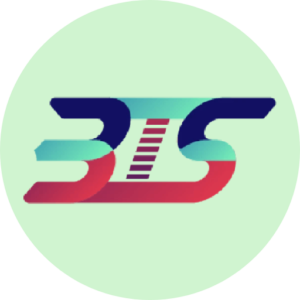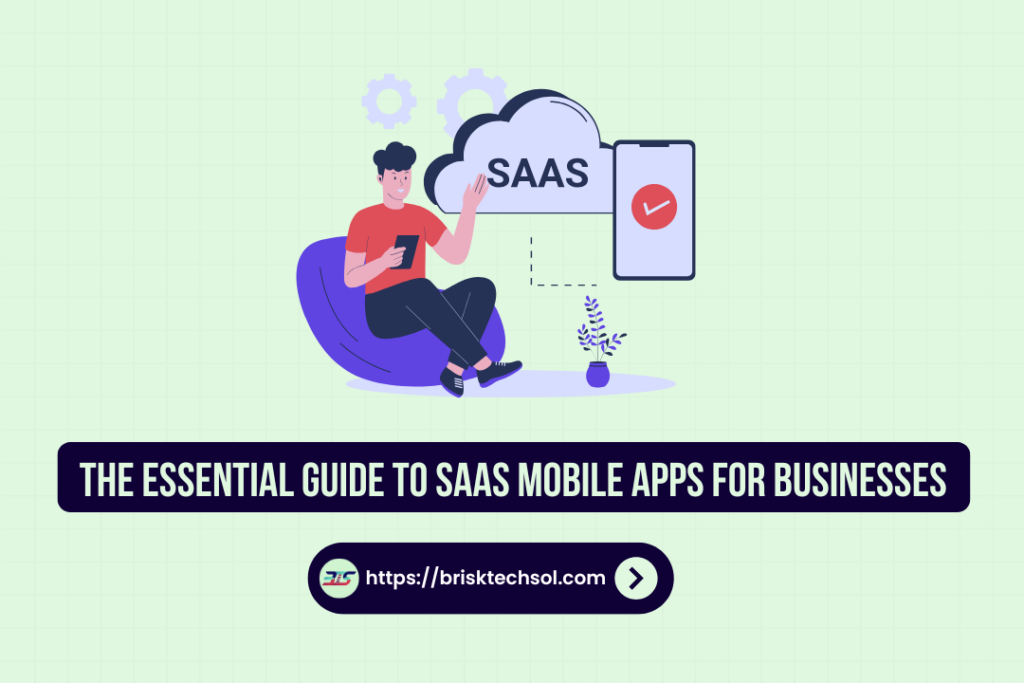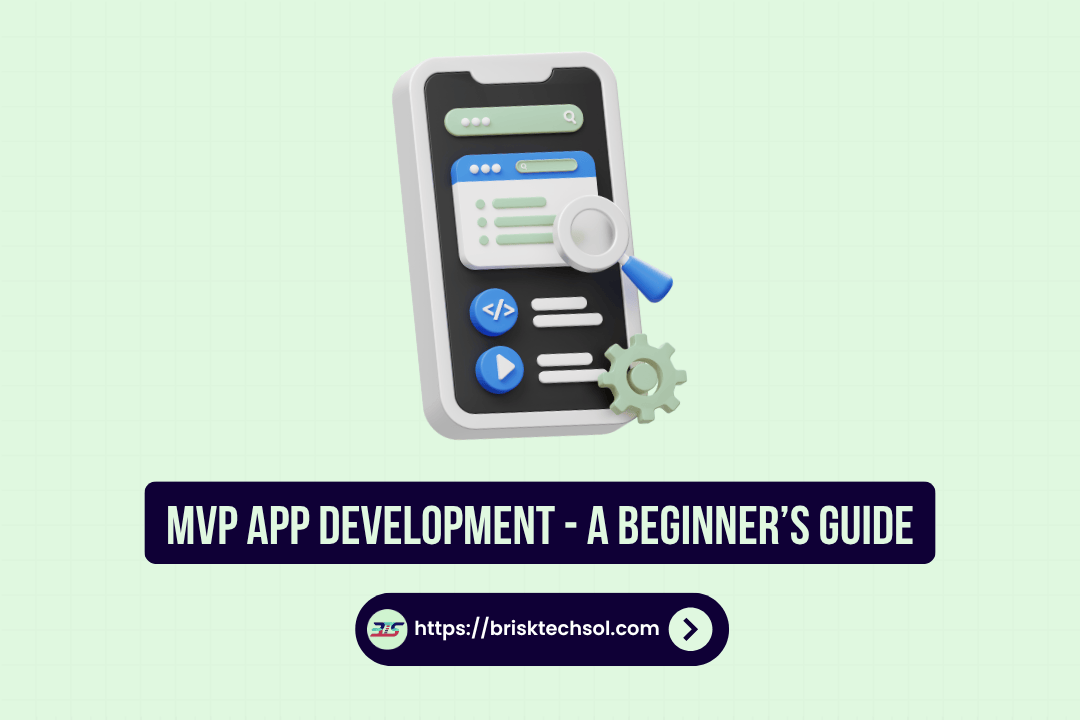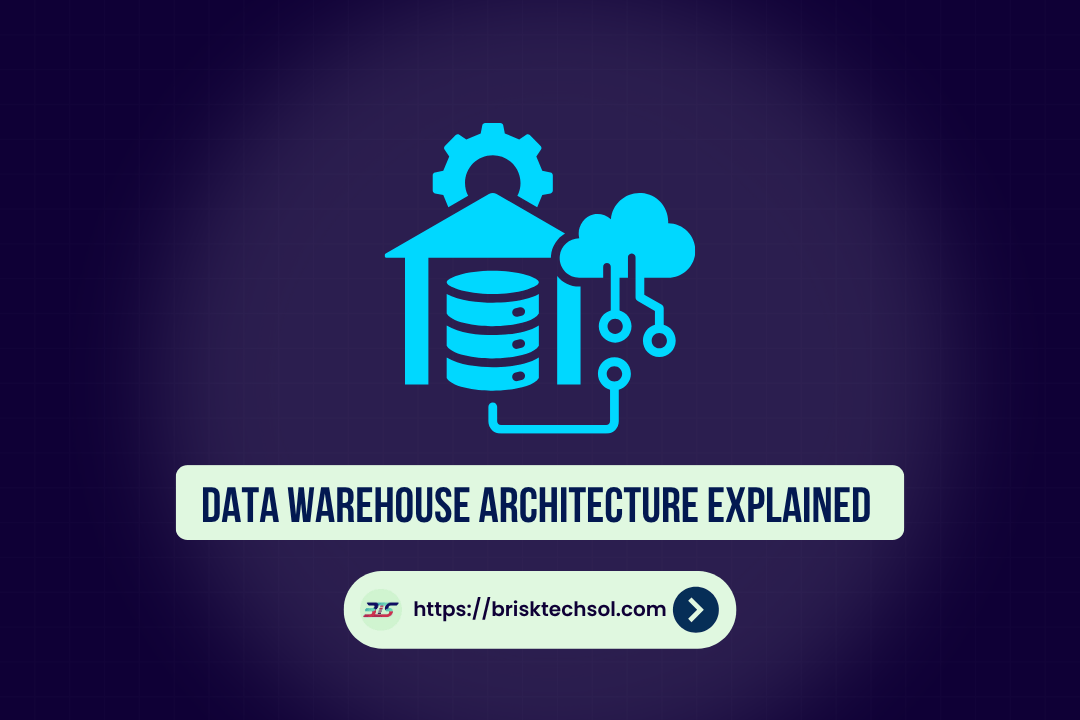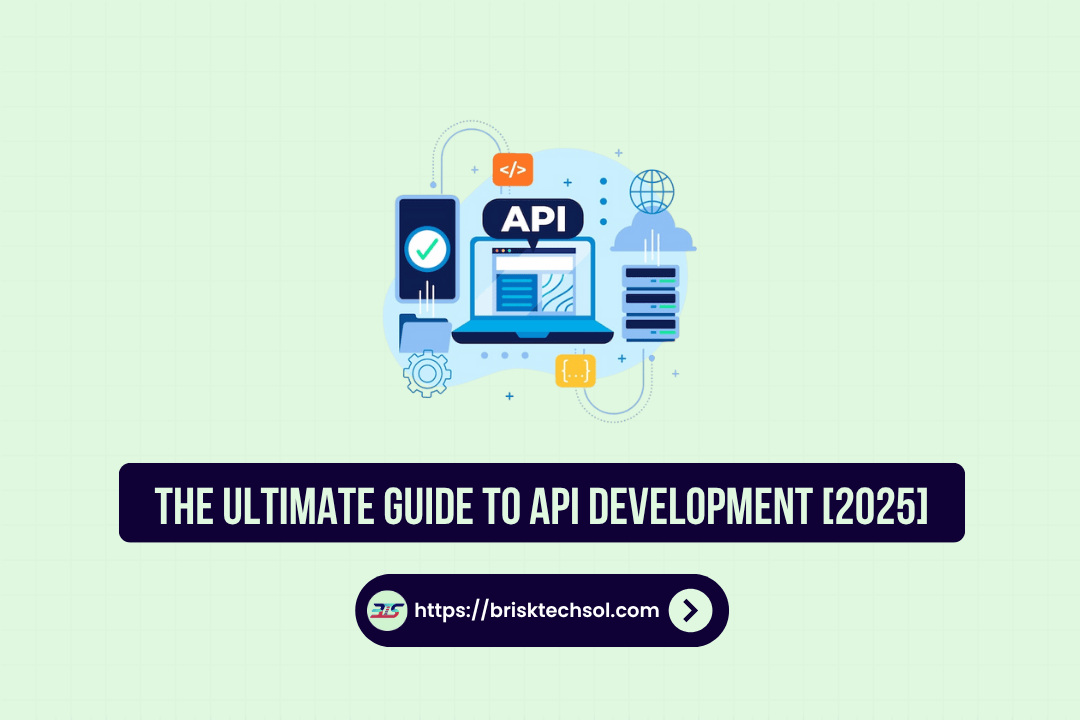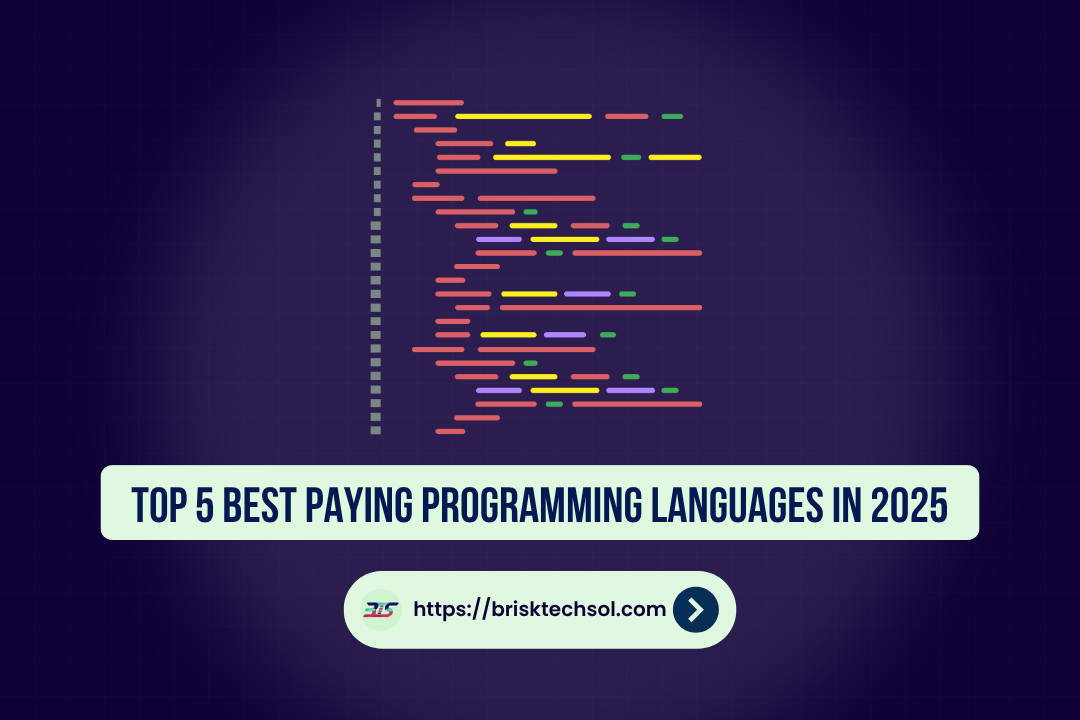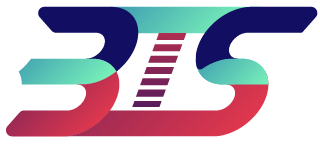SaaS mobile apps are reshaping the way businesses operate, offering cost-effective and secure cloud solutions that boost collaboration and accessibility. With the rise of AI, edge computing, and blockchain, these apps are becoming essential tools for success in today’s digital world. As demand grows, the future of SaaS mobile apps looks brighter than ever.
What Are SaaS Mobile Apps?
SaaS mobile apps are cloud-based software applications hosted and maintained by a service provider. Unlike traditional mobile applications that require installation, SaaS apps operate over the internet, enabling seamless access from multiple devices. These applications cater to businesses and individuals looking for flexible, cost-efficient, and scalable software solutions without the hassle of managing complex IT infrastructures.
Characteristics:
- Subscription-based Model: Users pay a recurring fee, usually monthly or annually, rather than purchasing the software outright.
- Cloud-hosted Infrastructure: Data and software components are stored and managed in the cloud, eliminating the need for on-premise hardware.
- Automatic Updates and Maintenance: Service providers handle all software updates, patches, and security enhancements.
- Cross-Platform Accessibility: SaaS apps function across multiple devices, including smartphones, tablets, and desktops.
- Multi-Tenant Architecture: Multiple users can use the same software instance while maintaining data isolation and security.
How SaaS Mobile Apps Differ from Traditional Apps
Unlike traditional software, which requires manual installation and frequent updates, SaaS mobile apps are hosted on cloud servers and maintained by service providers. This eliminates compatibility issues and reduces IT overhead costs for businesses.
Additionally, traditional apps often require users to purchase lifetime licenses, whereas SaaS apps operate on a pay-as-you-go model. This means companies can scale their usage up or down based on their needs.
Examples of Popular SaaS Mobile Apps
Some well-known SaaS mobile apps include:
- Slack – A collaboration tool for teams.
- Dropbox – A cloud storage and file-sharing platform.
- Salesforce – A customer relationship management (CRM) solution.
- Zoom – A video conferencing and communication platform.
Each of these apps leverages the power of the cloud to provide real-time updates, seamless collaboration, and high scalability.
Features of SaaS Mobile Apps
Benefits of SaaS Mobile Apps
Cost Efficiency and Scalability
One of the biggest advantages of SaaS mobile apps is their cost-effectiveness. Unlike traditional software that requires expensive licenses and infrastructure, SaaS mobile apps operate on a pay-as-you-go model, making them affordable for startups and enterprises alike. The cloud-based infrastructure also ensures that businesses can scale their operations without worrying about hardware limitations or additional storage costs.
Seamless Updates and Maintenance
SaaS mobile apps eliminate the need for users to manually update their software. Developers can push updates directly to the cloud, ensuring that all users have access to the latest features and security patches. This not only improves user experience but also reduces security vulnerabilities associated with outdated software.
Cross-Platform Accessibility
With SaaS mobile apps, users can access their data and services from any device, anywhere. Whether on a smartphone, tablet, or desktop, the cloud-based infrastructure allows seamless synchronization across multiple devices. This is particularly beneficial for businesses with remote teams that rely on mobile applications for real-time collaboration and data sharing.
Enhanced Security and Compliance
Security is a major concern for businesses that handle sensitive customer data. SaaS mobile apps offer advanced security measures, including end-to-end encryption, multi-factor authentication (MFA), and compliance with industry standards such as GDPR and HIPAA. Cloud providers such as AWS, Google Cloud, and Microsoft Azure ensure that SaaS applications are built with robust security frameworks to protect user data.
Improved Collaboration
Collaboration is essential for businesses, and SaaS mobile apps facilitate real-time communication and data sharing. Whether it’s team collaboration tools like Microsoft Teams and Slack or project management apps like Asana and Trello, SaaS mobile apps improve workflow efficiency and productivity. Features like shared documents, instant messaging, and real-time updates help teams stay connected and work efficiently, regardless of location.
Features of a Successful SaaS Mobile App
Cloud-Based Infrastructure
A SaaS mobile app must have a reliable cloud infrastructure to ensure high availability and scalability. Cloud platforms such as AWS, Google Cloud, and Microsoft Azure provide the necessary computing power and storage to handle millions of users simultaneously. A well-optimized cloud setup ensures minimal downtime and maximum performance.
API and Third-Party Integrations
Modern SaaS mobile apps are designed to integrate with third-party services and APIs to enhance functionality. Open APIs allow seamless connectivity with CRM tools, payment gateways, and productivity apps. For example, integrating Stripe for payment processing, Google Analytics for data insights, or Zapier for workflow automation can significantly improve user experience.
User-Friendly UI/UX
A great user experience is critical for the success of a SaaS mobile app. The UI should be intuitive, clean, and easy to navigate. Features like responsive design, dark mode, and gesture-based navigation enhance usability. A well-designed SaaS mobile app ensures users can access the features they need without frustration or confusion.
Subscription-Based Pricing Models
SaaS apps typically operate on subscription models, offering freemium, tiered, or pay-as-you-go pricing. The freemium model provides basic features for free while charging for premium features. Tiered pricing plans cater to different business needs, allowing flexibility for small businesses and enterprises alike.
Strong Security Measures
Security remains a top priority for SaaS mobile applications. Implementing role-based access control (RBAC), end-to-end encryption, and two-factor authentication (2FA) ensures that only authorized users can access sensitive data. Regular security audits and compliance with industry standards help maintain user trust and data protection.
SaaS Mobile App Development Process
Planning and Market Research
Before developing a SaaS mobile app, it is essential to identify target users and pain points. Conducting market research and analyzing competitor apps help define the app’s unique value proposition. Understanding user needs ensures that the app meets industry demands.
Choosing the Right Tech Stack
Selecting the appropriate technology stack is crucial for performance and scalability. Frontend technologies like React Native, Flutter, Swift, and Kotlin provide a smooth user experience, while backend frameworks like Node.js, Python, and Ruby on Rails handle server-side operations efficiently. Cloud services such as AWS, Firebase, and Google Cloud offer secure data storage and processing capabilities.
UI/UX Design for Mobile SaaS
A well-designed UI/UX enhances usability and user retention. Wireframing tools like Figma and Adobe XD help in creating prototypes, while A/B testing ensures that design choices improve user engagement. The design should focus on simplicity, speed, and accessibility to provide the best experience.
Development and Testing
Agile development methodologies enable faster iterations and continuous feedback. Automated testing frameworks like JUnit, Selenium, and Appium help identify bugs early, ensuring a seamless experience before deployment.
Deployment and Maintenance
Once development is complete, the app is deployed to Google Play Store and Apple App Store. Continuous monitoring and regular updates ensure that performance issues and security vulnerabilities are addressed promptly.
Challenges in SaaS Mobile App Development
Data Security and Privacy Concerns
Security remains one of the biggest challenges in SaaS mobile app development. With businesses handling sensitive user data, there is always a risk of data breaches, cyberattacks, and unauthorized access. Ensuring compliance with GDPR, HIPAA, and SOC 2 regulations is critical to maintaining trust. Implementing end-to-end encryption, two-factor authentication (2FA), and secure API protocols can help mitigate risks.
Ensuring High Performance and Scalability
As SaaS mobile apps grow in popularity, they need to support thousands or even millions of users simultaneously. Scalability issues can lead to slow loading times, server crashes, and high latency, negatively impacting user experience. Utilizing auto-scaling cloud infrastructure, optimizing database queries, and implementing caching techniques can significantly improve app performance.
Integration with Third-Party Services
SaaS applications often rely on third-party services like payment gateways, CRM tools, and analytics platforms. However, integrating multiple APIs can lead to compatibility issues, increased latency, and security vulnerabilities. Developers must choose reliable, well-documented APIs and conduct rigorous testing to ensure seamless performance.
User Adoption and Retention
Building a SaaS mobile app is only the first step—getting users to adopt and stay engaged is the real challenge. Many businesses struggle with high churn rates due to complex onboarding, lack of personalized experiences, or poor customer support. Implementing guided tutorials, in-app support, and AI-driven personalization can enhance user engagement and retention.
Managing Subscription Models and Billing
Subscription-based pricing is the core of most SaaS mobile apps, but managing billing, refunds, and cancellations can be complex. Integrating automated billing systems like Stripe, PayPal, or Chargebee ensures smooth payment processing. Offering flexible pricing tiers, free trials, and usage-based billing can also help attract and retain customers.
Future of SaaS Mobile Apps
AI and Machine Learning Integration
Artificial Intelligence (AI) and Machine Learning (ML) are revolutionizing SaaS mobile apps by providing personalized experiences, predictive analytics, and automation. AI-powered chatbots, voice assistants, and recommendation engines improve user engagement and efficiency. In 2024, more SaaS applications will leverage AI-driven automation for customer support, fraud detection, and workflow optimization.
Progressive Web Apps (PWAs) for SaaS
Progressive Web Apps (PWAs) combine the best of web and mobile applications, offering fast loading speeds, offline functionality, and responsive design. More SaaS businesses are adopting PWAs to provide a seamless, app-like experience without requiring users to download native apps. This trend will continue to grow, especially for B2B SaaS solutions.
Low-Code and No-Code SaaS Development
The rise of low-code and no-code platforms is transforming how SaaS mobile apps are built. Tools like Bubble, OutSystems, and Adalo allow businesses to create and deploy applications with minimal coding knowledge. This trend is making SaaS development more accessible, reducing costs and speeding up time-to-market.
Edge Computing for Faster Performance
With growing demands for real-time data processing, SaaS apps are leveraging edge computing to reduce latency. Instead of relying solely on cloud servers, edge computing processes data closer to the user, improving speed and performance. This is particularly useful for IoT-based SaaS applications and industries requiring instant data processing.
Enhanced Security with Blockchain
Blockchain technology is gaining traction in SaaS mobile apps, providing tamper-proof security, decentralized data storage, and transparent transactions. Industries like finance, healthcare, and supply chain management are integrating blockchain to enhance security and compliance. This trend will continue to grow as businesses prioritize data integrity and trust.
Conclusion
SaaS mobile apps are changing the game by offering affordable, scalable, and secure cloud solutions. They make it easier for teams to collaborate, cut down on costs, and improve accessibility. With more businesses embracing AI, edge computing, and blockchain security, the future of SaaS apps is looking really promising, especially as demand for cloud-based apps keeps growing.
FAQ’S
1. What are the key benefits of SaaS mobile apps?
SaaS mobile apps offer cost efficiency, automatic updates, cross-platform accessibility, enhanced security, and seamless collaboration. Businesses benefit from subscription-based pricing models and scalable cloud infrastructure.
2. How do SaaS mobile apps handle security risks?
SaaS mobile apps use end-to-end encryption, two-factor authentication (2FA), role-based access control (RBAC), and compliance with industry regulations like GDPR and HIPAA to ensure data security.
3. What is the difference between SaaS and traditional mobile apps?
Traditional apps require manual installations, updates, and device-specific versions, whereas SaaS mobile apps run on cloud infrastructure, update automatically, and can be accessed from any device with an internet connection.
4. How much does it cost to develop a SaaS mobile app?
The cost of developing a SaaS mobile app depends on features, complexity, technology stack, and team size. A basic app may cost $50,000–$100,000, while enterprise-level solutions can exceed $500,000.
5. What industries benefit the most from SaaS mobile apps?
Industries like healthcare, finance, e-commerce, education, and remote work collaboration benefit the most from SaaS mobile apps. These applications provide scalable, cloud-based solutions tailored to specific business needs.

